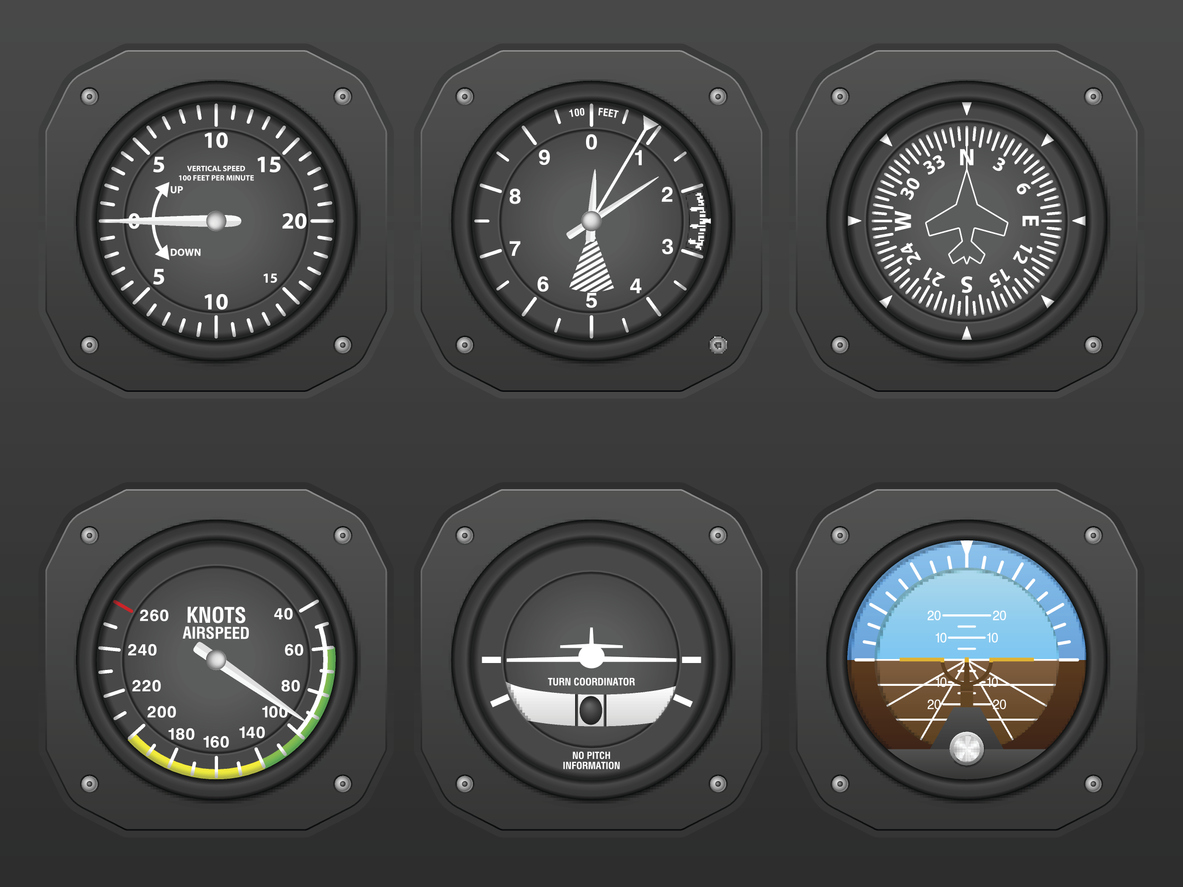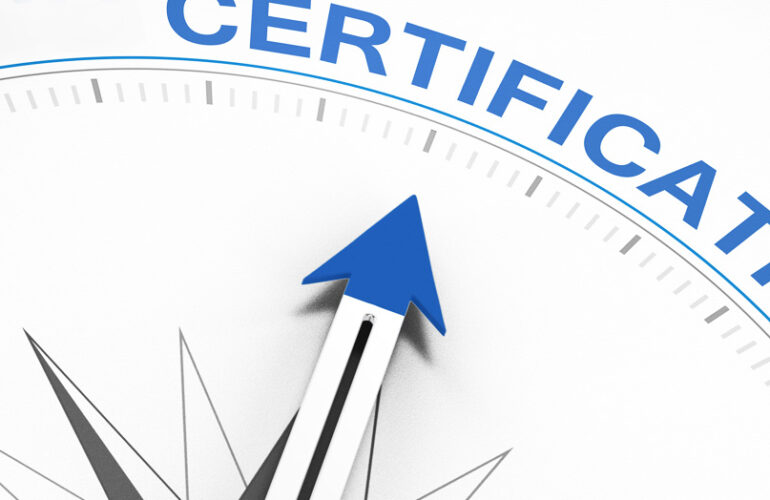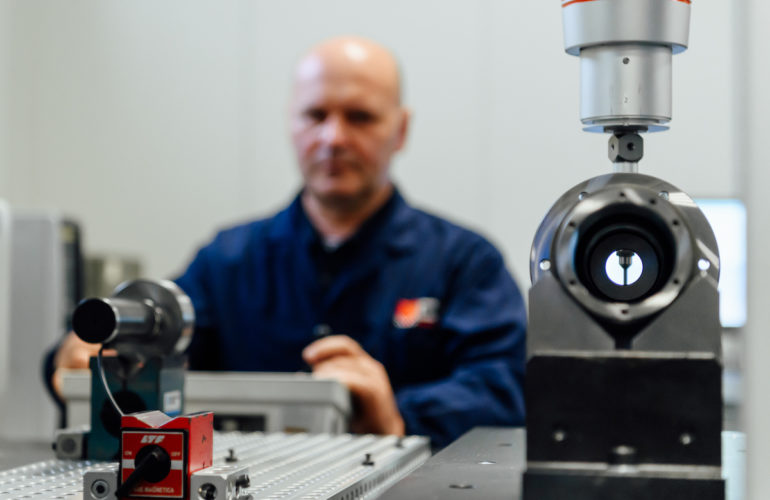Altimeters are essential instruments used to measure altitude, allowing pilots, climbers, and others engaged in various activities to have an accurate estimation of their vertical position. These reliable and precise instruments heavily rely on precision mechanics to provide accurate and consistent readings.
Altimeters operate by utilizing the variation in atmospheric pressure with changing altitude. The air becomes thinner as one ascends, and altimeters are designed to detect and convert this variation into a reading of the current altitude. Let’s explore how precision mechanics is applied in the production of altimeters to ensure their reliability and accuracy.
Precision Construction
Altimeters consist of a series of precision mechanical components working together to provide accurate readings. Their construction requires the use of sturdy materials such as steel or lightweight alloys that can withstand the environment and stresses they are subjected to.
One fundamental component of the altimeter is the aneroid capsule, a thin and flexible membrane made from pressure-sensitive materials. The aneroid capsule deforms in response to changes in atmospheric pressure, and this deformation is then transmitted to a display mechanism to visualize the altitude. Manufacturing these capsules requires utmost precision in machining and assembly, ensuring that the measurements are reliable and repeatable.
Calibration and Adjustment
To ensure the precision of altimeters, accurate calibration and adjustment are crucial. During the manufacturing process, altimeters undergo rigorous calibration tests to ensure that the readings are correct and precise. These tests may involve exposure to various known altitudes and verifying the corresponding altimeter readings.
Calibration and adjustment may also require the use of precision measuring instruments, such as pressure measurement tools and controlled environments, to ensure the accuracy of the readings.
Maintenance and Quality Control
Altimeters need to undergo periodic maintenance and quality control checks to ensure they continue to function properly over time. This may include cleaning and servicing mechanical parts, as well as replacing components that have worn out or become damaged.
Moreover, altimeter manufacturers must adhere to strict quality control standards throughout the production process. This entails thorough testing of each unit produced, ensuring that every altimeter meets the established standards of precision and reliability.




